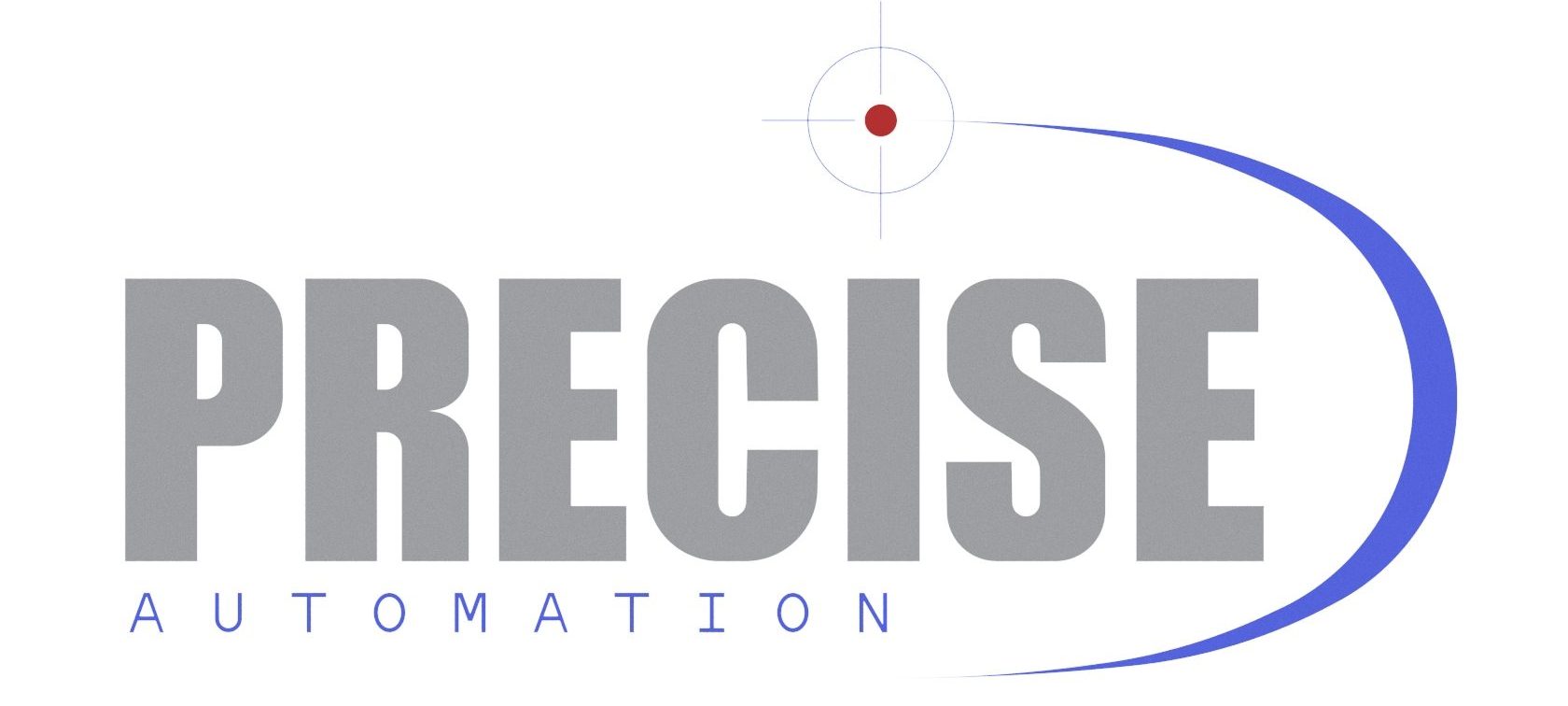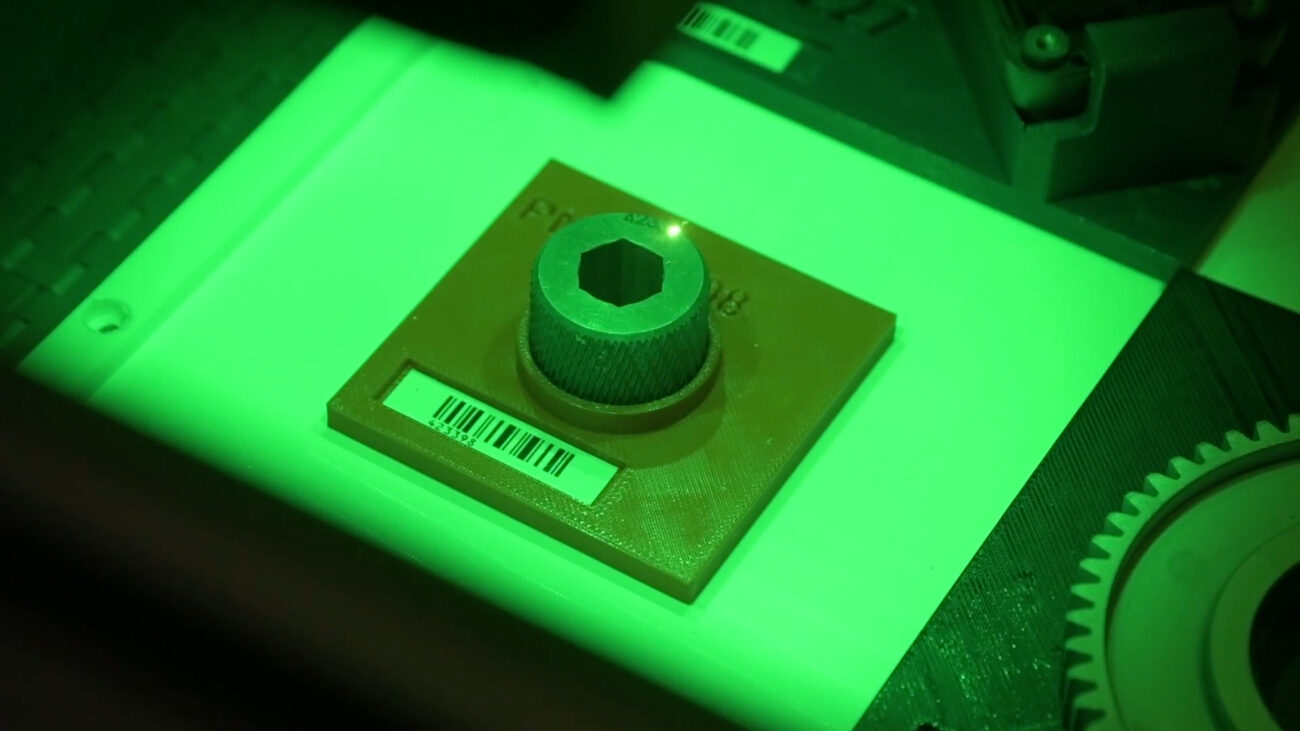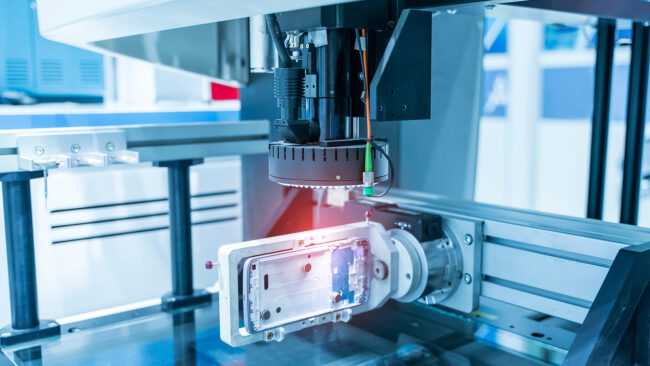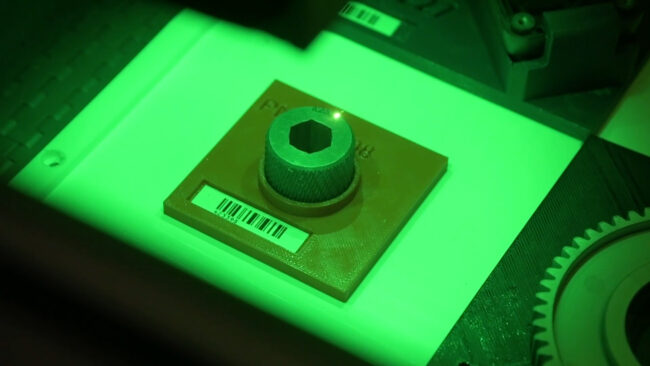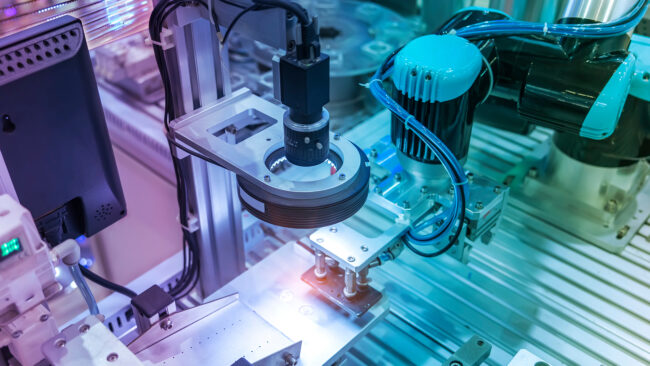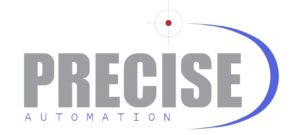In the ever-evolving landscape of manufacturing, efficiency, traceability, and product quality are paramount. Manufacturers are constantly seeking innovative solutions to meet these demands and stay competitive. One such groundbreaking technology making waves in the industry is automated laser marking enclosures. Automated laser marking enclosures are transforming manufacturing processes, enhancing traceability, and revolutionizing product identification.
The Importance of Product Marking
Product marking is a critical aspect of manufacturing, serving multiple purposes:
Traceability: Manufacturers need to trace products throughout their lifecycle, from production to distribution and even after-market support. Markings such as serial numbers, barcodes, and QR codes facilitate this process.
Quality Control: Markings enable manufacturers to track defects or manufacturing irregularities, allowing them to take corrective actions promptly.
Brand Identity: Logos, branding, and decorative markings help establish brand identity and enhance the product’s aesthetics.
Regulatory Compliance: Many industries require specific markings to comply with safety, environmental, and quality standards.
Traditional marking methods, such as inkjet printing or manual engraving, are effective but often have limitations in terms of speed, precision, and durability. This is where automated laser marking enclosures step in to revolutionize the manufacturing industry.
The Power of Automated Laser Marking Enclosures
Automated laser marking enclosures are specialized systems designed to apply permanent markings on a wide range of materials, including metals, plastics, ceramics, and more. These enclosures utilize laser technology to achieve several key benefits:
Precision and Consistency: Laser marking systems offer unmatched precision and consistency, ensuring that every product receives the same high-quality marking, regardless of the operator or production volume.
High-Speed Operation: Automated laser marking enclosures can mark products at incredible speeds, making them ideal for high-volume production lines. This reduces bottlenecks and improves overall manufacturing efficiency.
Durability: Laser markings are resistant to wear, chemicals, and environmental factors, ensuring that product identification remains intact throughout the product’s lifecycle.
Versatility: These systems can mark various types of data, including alphanumeric characters, barcodes, 2D codes, graphics, and logos, allowing manufacturers to adapt to different marking requirements.
Non-Contact Marking: Laser marking is a non-contact process, eliminating the risk of damage to sensitive or delicate materials.
Applications Across Industries
Automated laser marking enclosures find applications across a multitude of industries:
- Automotive: Marking automotive parts with laser systems ensures traceability, quality control, and compliance with industry standards.
- Electronics: PCBs, connectors, and semiconductor components can be marked with laser precision, aiding in quality control and anti-counterfeiting efforts.
- Aerospace: Laser markings on aerospace components help track maintenance, ensure safety, and meet stringent industry regulations.
- Medical: Medical devices and instruments are marked with critical information, including serial numbers and lot codes, to ensure patient safety and traceability.
- Consumer Goods: From electronics to appliances and beyond, laser markings are used to display logos, brand names, and other consumer-facing information.
Automated laser marking enclosures represent a game-changing technology for the manufacturing industry. They provide unmatched precision, speed, and durability in marking products, contributing to enhanced traceability, improved quality control, and the establishment of strong brand identities.
As manufacturing processes continue to evolve and demand higher efficiency, automated laser marking enclosures are poised to play an increasingly crucial role in shaping the future of manufacturing. Manufacturers that embrace this technology will undoubtedly find themselves at the forefront of innovation in their respective industries.
